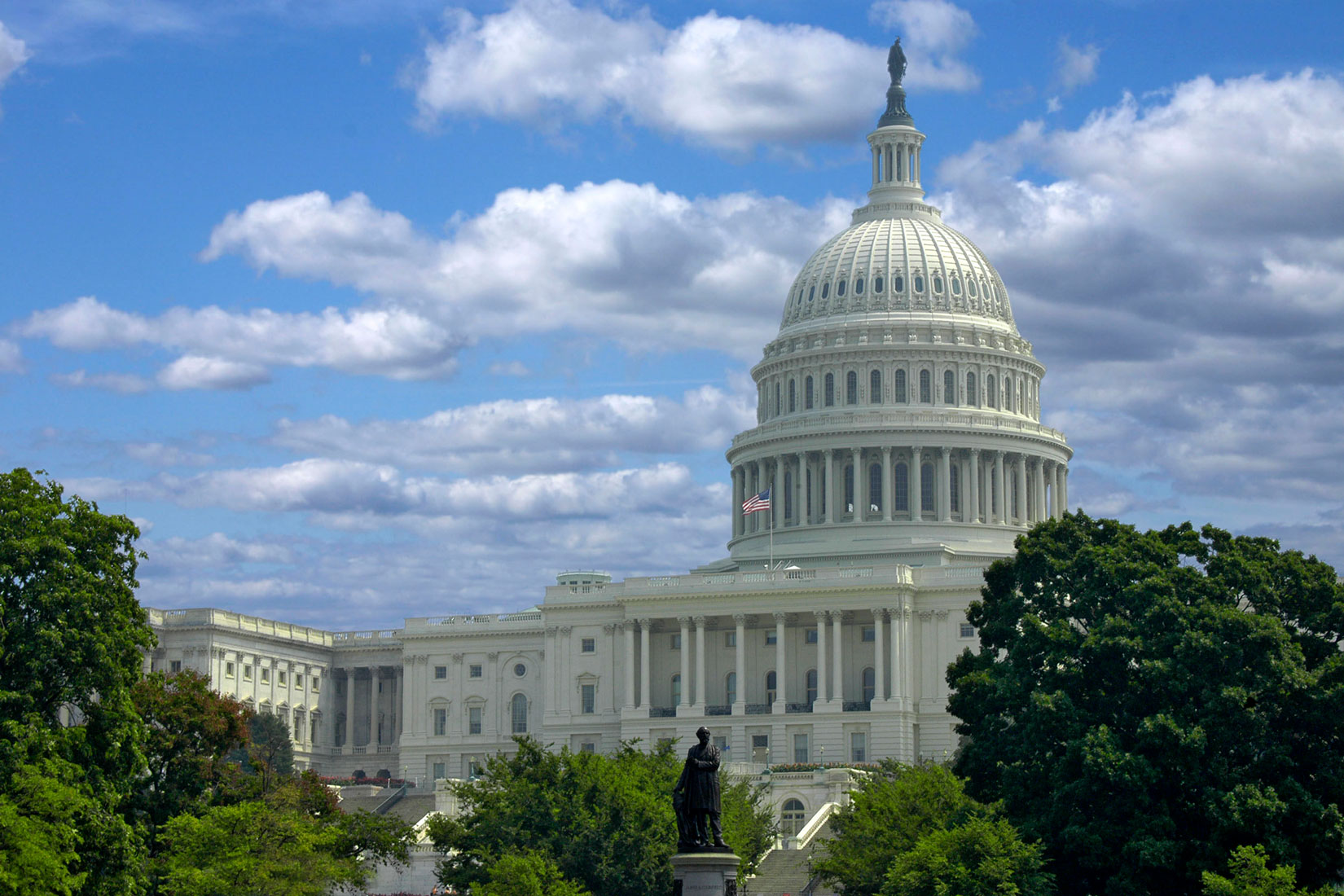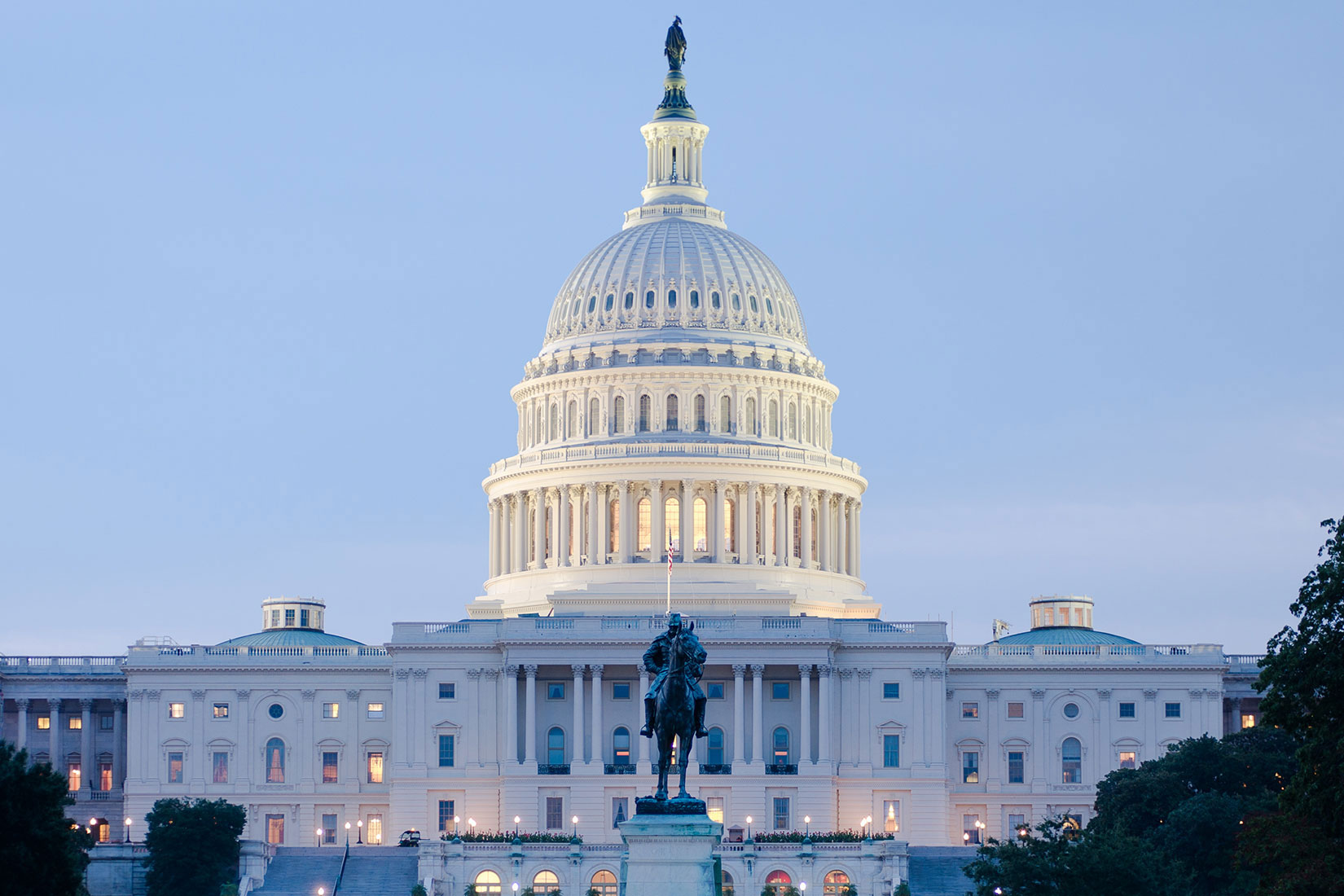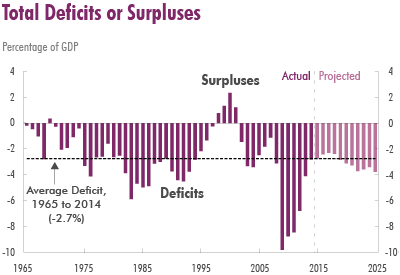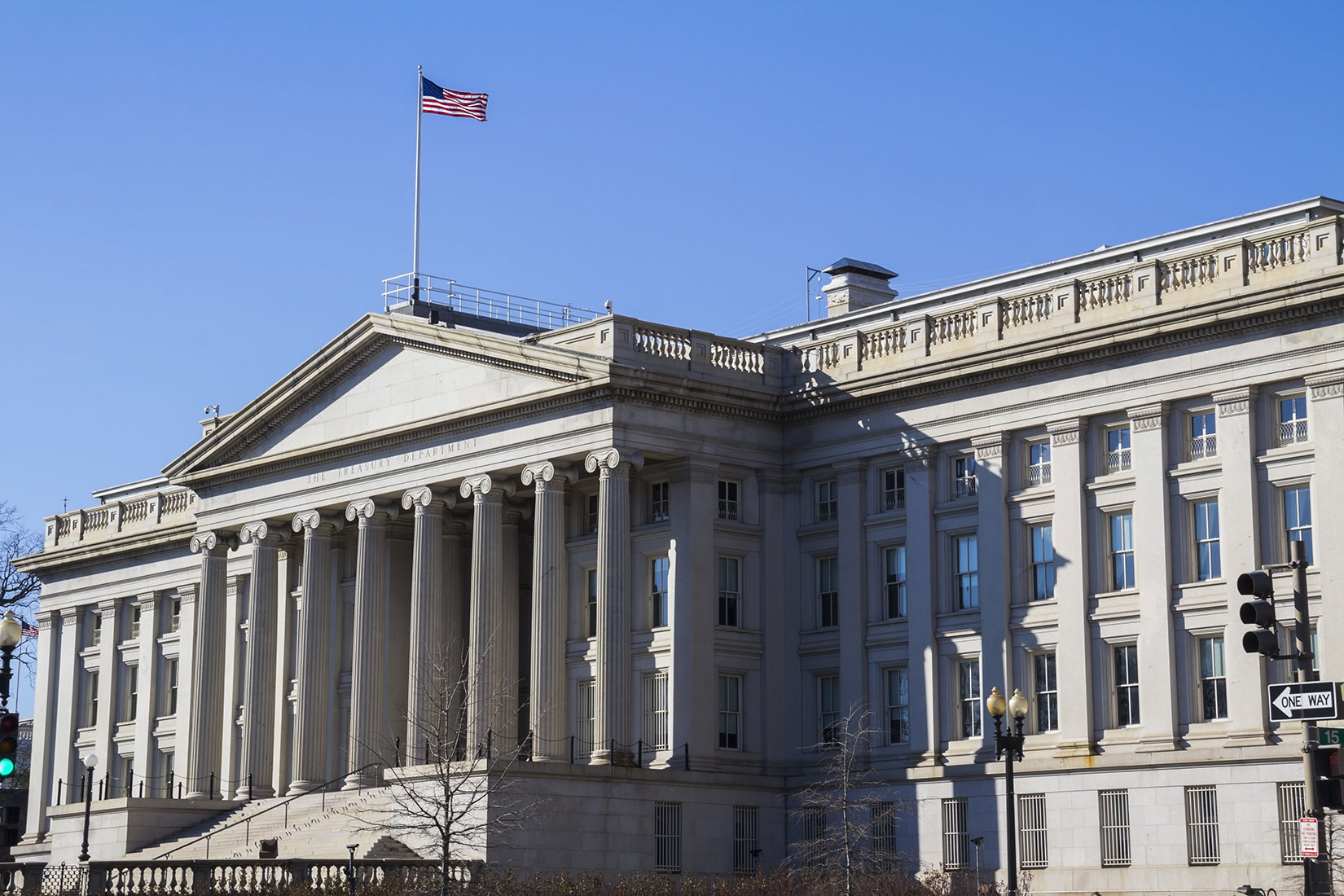The Navy can sustain its forward presence under smaller shipbuilding budgets by using longer deployments, more overseas basing, and more rotating crews. But those methods would offset some of the savings and have other disadvantages.
CBO Blog
CBO projects the President’s budget would result in deficits totaling $6.0 trillion between 2016 and 2025, $1.2 trillion less than under CBO’s current-law baseline. By 2025, debt would total about $1 trillion less than in CBO’s baseline.
Federal agencies spent over $500 billion for contracted products and services in 2012, according to federal data. Between 2000 and 2012, such spending grew more quickly than inflation and also grew as a percentage of total federal spending.
CBO celebrated its 40th anniversary two weeks ago and hosted an event at the U.S. Capitol. CBO was honored to receive congratulatory remarks from both the House and Senate Budget Committees, and was delighted to host its former directors.
CBO Director Douglas W. Elmendorf testified on CBO’s appropriation request for fiscal year 2016 before the Subcommittee on the Legislative Branch, Committee on Appropriations, United States Senate.
CBO plans to release its analysis of the President’s budget (which the agency conducts in collaboration with the staff of the Joint Committee on Taxation) at 11:00 am on Thursday, March 12, 2015.
Deborah Kilroe is CBO’s Associate Director for Communications.
The federal government ran a budget deficit of $386 billion for the first five months of fiscal year 2015, CBO estimates—$10 billion more than the shortfall recorded in the same span last year.
Under current law, CBO estimates the deficit will total 2.7 percent of GDP in 2015, drop to roughly 2.4 percent for the following three years, and then begin to rise. By 2025, debt held by the public is projected to reach 77 percent of GDP.
Because weather conditions have led the federal government in Washington, DC, to close today, CBO will delay the release of its updated 10-year baseline projections of federal spending, revenues, and budget deficits until Monday, March 9.
Under current law, as of March 16, the Treasury will be at the statutory borrowing limit and will need to use so-called extraordinary measures to continue raising cash. Those measures would probably be exhausted by October or November.









